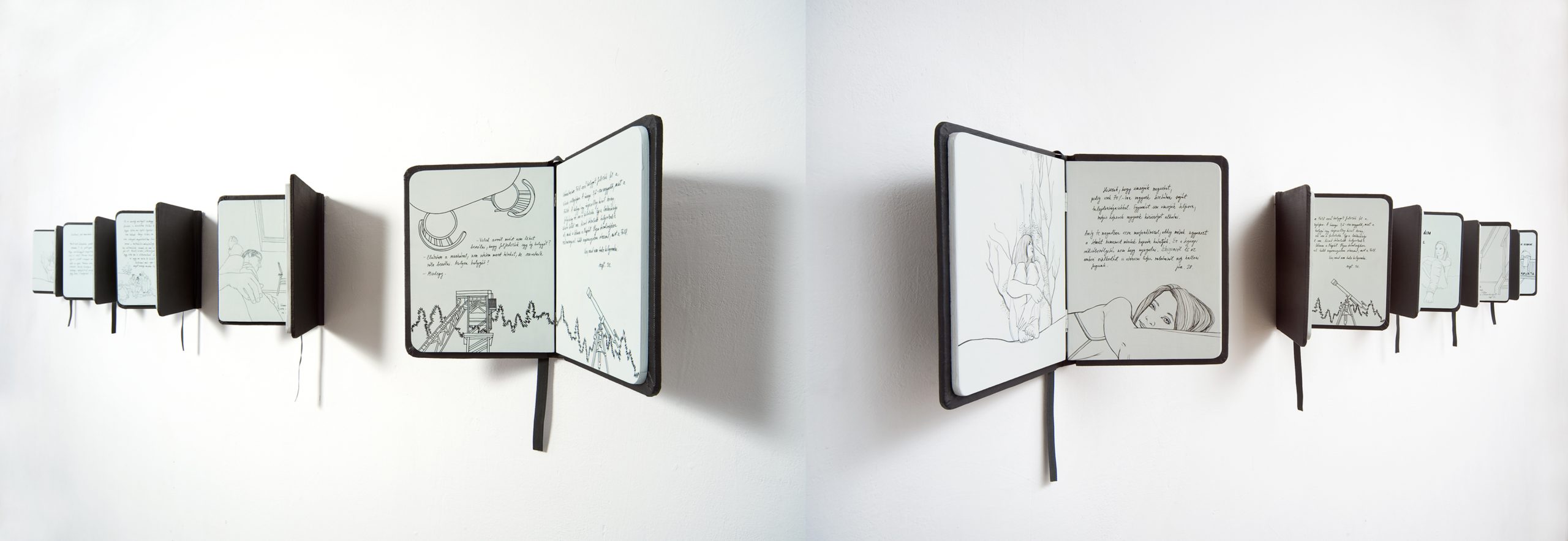


Sipos Eszter- Horváth Csaba Árpád / THE FACTORY / CHAPTER 3 / Liget Galéria 2018 / fotó:jozsef.rosta@gmail.com 
Sipos Eszter- Horváth Csaba Árpád / THE FACTORY / CHAPTER 3 / Liget Galéria 2018 / fotó:jozsef.rosta@gmail.com 
Sipos Eszter- Horváth Csaba Árpád / THE FACTORY / CHAPTER 3 / Liget Galéria 2018 / fotó:jozsef.rosta@gmail.com 


How can War be simultaneously antiquated and a pursuit of cutting edge technology? With respect to armament, news in the media suggests an entirely different picture than what can be measured in numbers, namely: “In the second half of the 20th century, In most areas wars became rarer than ever. Whereas in ancient agricultural societies human violence caused about 15 per cent of all deaths, during the twentieth century violence caused only 5 per cent of deaths, and in the early twenty-first century it is responsible for about 1 per cent of global mortality. In 2012 about 56 million people died throughout the world, 620,000 of them died due to human violence. (war killed 120,000 people and crime killed another 500,000). In contrast 800.000 committed suicide and 1.5 million died of diabetes. Sugar is no more dangerous than gunpowder.”[1]
The wars of our era utilise the newest achievements in cutting-edge technology, and yet, with just slight exaggeration, we regard them as archaic, even barbaric activities, which, in spite of this, stake out quite a large slice of global economic output. (And of this, primarily from the black and grey zones.) The filmic, installational and painting elements of our exhibition all respond to this duplicity, with authentic documentary material originating from diverse sources amalgamated in the gallery space with lighter, more playful reflections upon them. In this way, the more pure, retrospective viewpoint of the archive adapts to the current subjective position that is saturated in emotion.
The images, video and sculptural elements appearing in the space of the Liget Gallery can be seen in a specific, even duplicitous arrangement. Our aim is to combine reality (or what we believe that to be) and fiction (or what we believe that to be) into a new and interpretable order, into such, that – in connection with the subject at our point of departure – it triggers new questions in the viewer. We have learned an enormous amount from 20th-21st-century literature: as a prime example, the Sebaldian novels of fact and fiction, in which documentary is filtered through the narrative subject, engendering entirely new correlations and a new quality: a kind of formation that is capable of bringing to the fore questions that were unelucidated up till now – on what is true and what is false, on the objective and the subjective. Within the media discourse, the post-internet, and in the political vernacular, the period that has become defined as the post-truth era, this approach has become particularly interesting to us.
[1] Yuval Noah Harari: Homo Deus – A Brief History of Tomorrow. London: Harvill Secker, 2016









